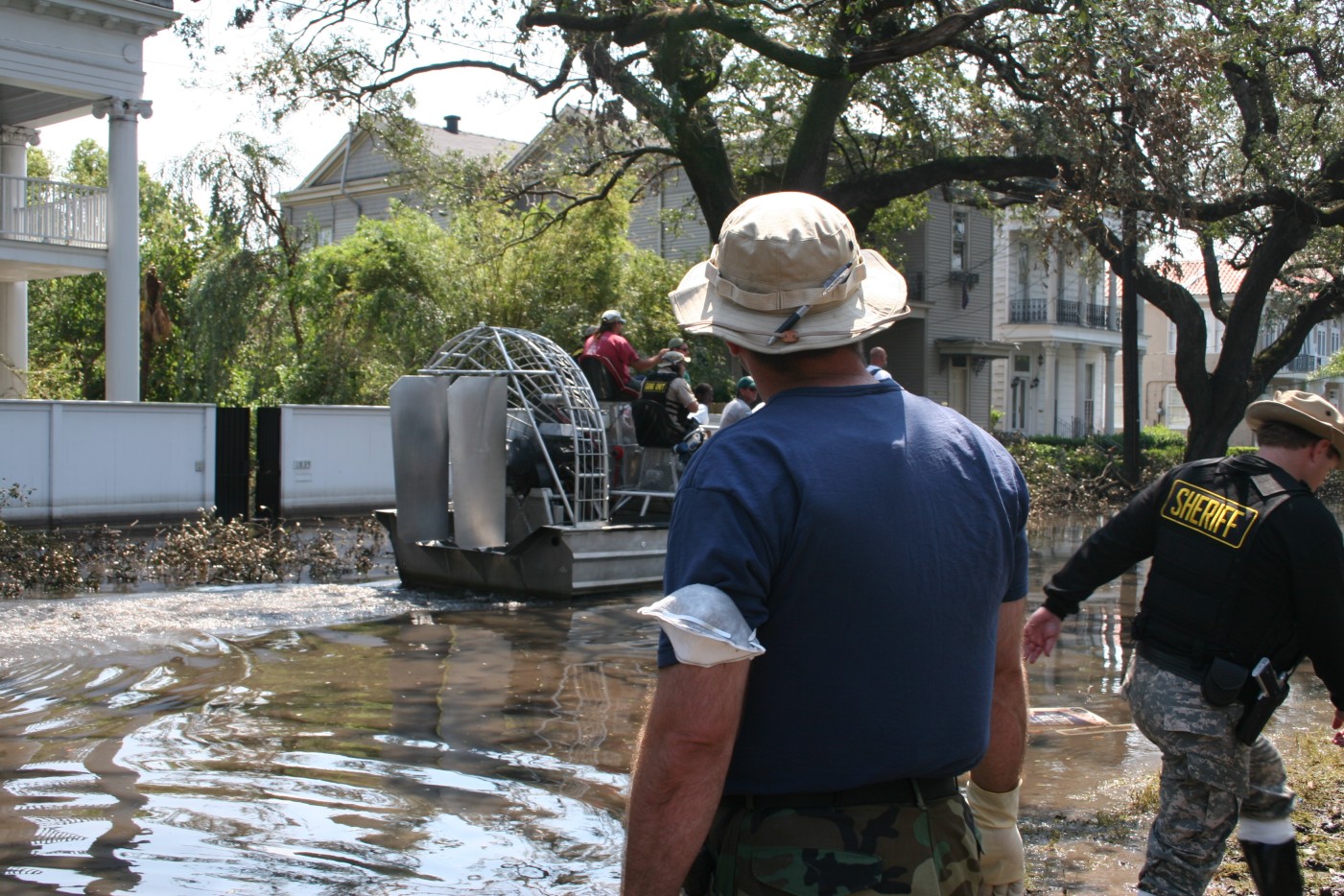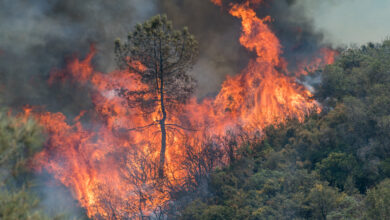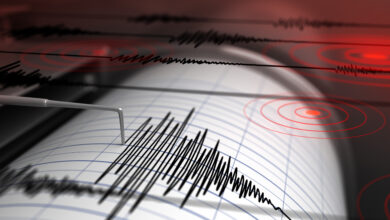A
A
A
Hurricane Ida could not have struck at a worse time. The Category 4 major hurricane struck at a time when over 2,400 residents of Louisiana were hospitalized as they battled COVID-19.
Inside the Numbers
According to Louisiana Gov. John Bel Edwards, that figure is the highest that the state has experienced since the pandemic first started. The hospitalization rate is also one of the highest in the country. However, Bel Edwards is quick to point out that this number decreased by 20% over the last 10 days as cases continue to slowly drop.
Read More »
The storm’s arrival will undoubtedly push hospitals to the brink, particularly if they have to deal with power outages and additional injuries brought on by the severe weather. As of late Sunday, over 940,000 customers were without power because of the storm, including the entire city of New Orleans. This number is sure to grow in the coming hours as the storm pushes inland.
Option of Hospital Evacuations
While it would seem that evacuating the hospitals would be the best decision, it is important to remember that Ida gained strength quickly, taking the Gulf Coast off guard. This lack of preparation time made it unfeasible for most hospitals to evacuate. The hospitals that are located the closest to the coastline were able to evacuate some of the most critically ill patients.
However, the majority of the hospitals in the region had to make the decision to hunker down and ride out the storm. This includes the major hospitals in the New Orleans area. This is largely because there were no other hospitals with the available capacity to take in these evacuees as would be the case if there was not a pandemic raging. Ochsner Health System was able to evacuate 17 of their most seriously ill patients from the facilities at Ochsner St. Mary in Morgan City, Leonard J. Chabert Medical Center in Houma, and Ochsner St. Anne in Raceland.
Many hospitals made the decision to switch to generator power prior to the arrival of the storm in order to ensure that patient care would not be interrupted. The state’s network of hospitals also worked hard in the hours prior to landfall to gather supplies, institute new security and visitor policies, and cancel elective procedures through the next few days.
State officials caution that the hardest-hit parts of the region may be without power for days, and possibly over a week.
Concerns of COVID-19 in Shelters
Although the state had been beginning to turn the corner in its fight against the deadly Delta variant, health officials are worried that the storm will cause cases to soar again. The spread of COVID-19 is a serious concern in shelters put in place to house storm evacuees. The measures that have been proven to stop the spread of the virus become increasingly difficult when strangers are put into closed and crowded indoor spaces as a result of an evacuation.
A mandatory statewide mask mandate was put into place in Louisiana on August 2, applicable to anyone age 5 and older when in public indoor areas. While the shelters cannot deny access to those not wearing a mask, the facilities will put those refusing the mask mandate in a different area. In addition, some shelters will also provide an isolated area for evacuees that have recently tested positive for the virus.
Some of the shelters, including the facilities run by the American Red Cross, will also perform temperature checks and enforce social distancing protocols to the best of their abilities. John McFarland, executive director of Red Cross Southeast Mississippi Chapter, said that the relief organization plans on opening more shelters than usual in an effort to provide additional room for proper social distancing.
About Ida
Hurricane Ida made landfall along the Louisiana coast in Port Fucheron at 11:55 am local time on Sunday. As it roared onto the shore, the storm measured maximum sustained winds of 150 mph, just a few miles short of a Category 5 strength hurricane. Ida is now the second strongest hurricane to ever move across Louisiana.
Ida also made landfall on the 16th anniversary of the devastating Hurricane Katrina.






